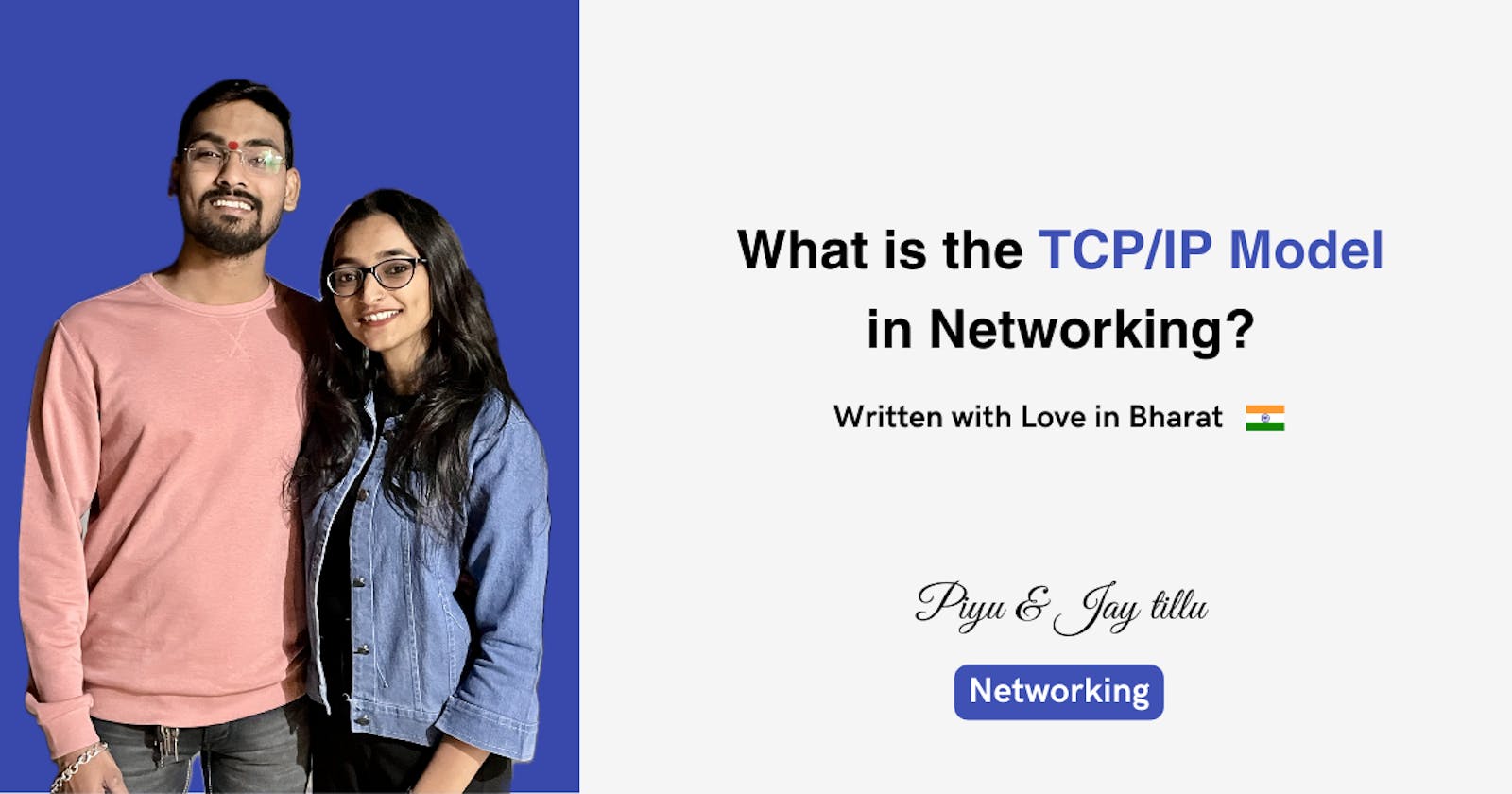What is the TCP/IP Model?
TCP/IP is a framework that defines how computers should communicate over a network. It's a set of standardized protocols that allow devices
Have you ever wondered how your computer talks to other computers across the vast expanse of the internet? It all boils down to a clever system called the TCP/IP model, the unsung hero behind every website you visit, email you send, and video you stream.
Imagine the internet as a complex highway system. The TCP/IP model acts like a set of traffic rules ensuring efficient and reliable data flow. It's a four-layer framework that defines how information is packaged, addressed, and transmitted between devices. It is a framework that defines how computers should communicate over a network. It's a set of standardized protocols that allow devices to send and receive information seamlessly.
The Four Layers
Application Layer (Top Layer): This layer interacts directly with user applications like web browsers, email clients, and video players. It provides network services like accessing websites (HTTP), sending emails (SMTP), and transferring files (FTP). The application layer protocols handle issues like data format, encryption, and compression.
Transport Layer: The transport layer is responsible for end-to-end communication between hosts. It ensures that data packets are delivered reliably and in the correct order. This layer acts as the postman, ensuring data arrives accurately at its destination. It offers two main protocols:
TCP (Transmission Control Protocol): Like a careful mail carrier, TCP guarantees delivery by breaking data into packets, checking for errors, and re-sending lost packets.
UDP (User Datagram Protocol): This is a faster, less reliable option, akin to throwing a message in a bottle. It sends data packets without error checking, making it ideal for real-time applications like online gaming where slight delays are acceptable.
Internet Layer: This layer is responsible for addressing and routing data packets across different networks. It's like having a map and directions to the recipient's address. The key protocol here is IP (Internet Protocol), which assigns unique IP addresses to devices and defines the path packets take to reach their destination. IP is responsible for addressing hosts and routing packets between networks. Additionally, protocols like Internet Control Message Protocol (ICMP) are used for diagnostic and error reporting.
Network Access Layer (Bottom Layer): This layer deals with the physical transmission of data. It interacts with network hardware like Ethernet cables and Wi-Fi adapters to put data onto the network and receive it from others. It includes protocols that govern how data is formatted for transmission onto the network medium, as well as how devices on the network access that medium.
How it Works
When you open a website, your browser sends a request (data) to the application layer.
The application layer adds information relevant to the website (like the URL) and passes it down to the transport layer.
The transport layer chooses a protocol (TCP for reliability) and breaks the data into packets, adding further control information.
The internet layer assigns IP addresses to the sender and receiver and adds routing information to the packets.
The network access layer puts the packets onto the physical network (cable or Wi-Fi).
At the receiving device, the data travels up the layers in reverse order, with each layer removing its respective information and delivering the data to the intended application (the web server in this case).
Conclusion
The TCP/IP model lays the foundation for seamless communication on the Internet. It is often compared to the OSI (Open Systems Interconnection) model, which has seven layers. While OSI provides a more detailed framework for network communication, TCP/IP is more commonly used in practice, especially in the context of the Internet.

